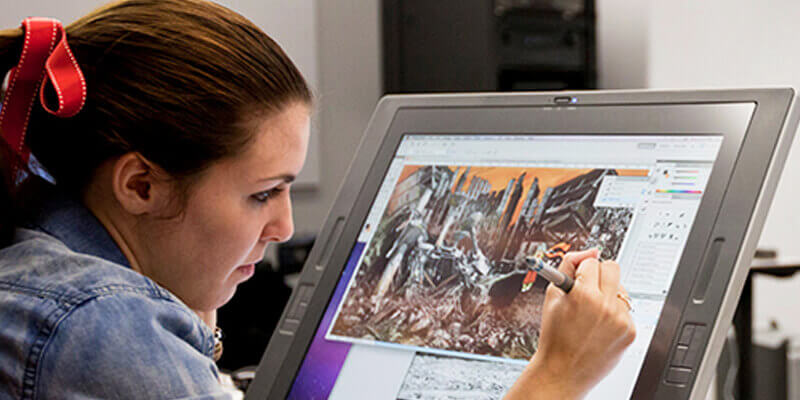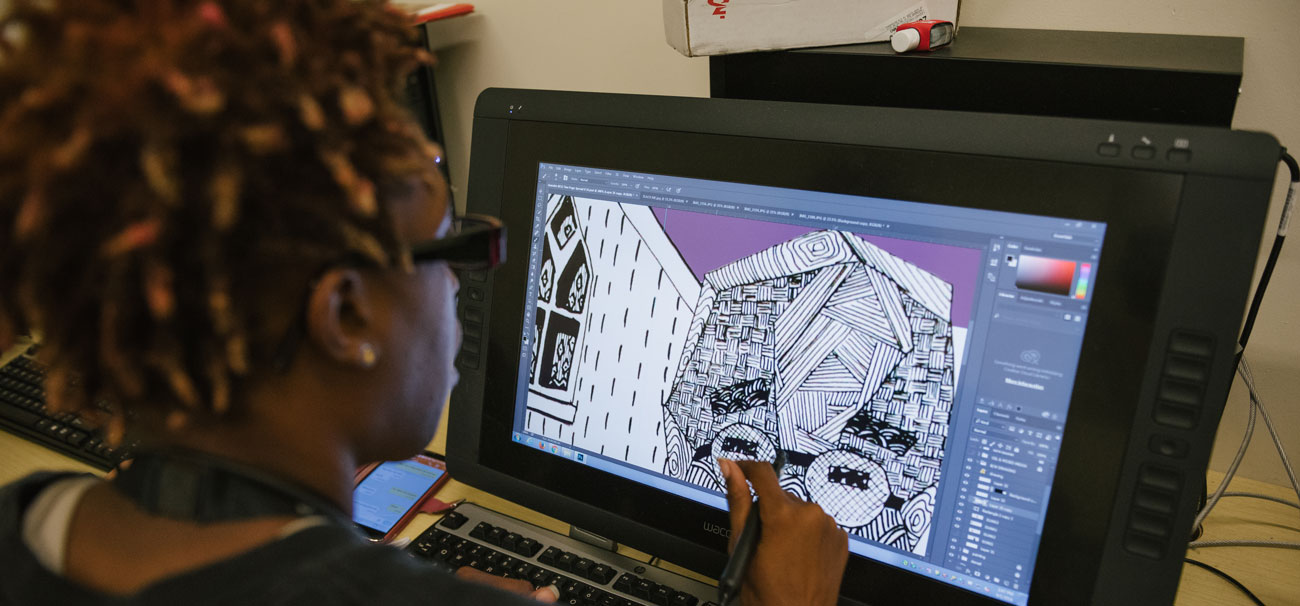Anyone who likes art and loves cartoons is likely to be fascinated by animation and find computer animation fascinating. The animation was brought to life with 2D animation and then moved on to 3D which has now become the way of the animation world. Without the success of 2D, it would never have gotten to that point. In fact, it still depends on the skills 2D needs to apply to 3D animation. So when you hear someone say that 2D animation is mundane, don’t think twice about it.
In modern technology, where almost everyone is at their computer at some point, they are unlikely to be exposed to animation. Don’t forget that animation isn’t just limited to cartoon characters.
In simple terms, every moving image created by the computer is a computer animation. The technique used is one way of creating the illusion of movement. One image on the screen is quickly replaced by another that is almost identical to the first, but not exact. The same applies to other media such as television and cinema. Most of the time this is achieved with 3D computer graphics and the results are transferred to the computer, but it can also be films. You can hear this is known as CGI, which stands for Computer Generated Images.
Computer animation is just another way of creating animation using automation or computer technology. The principles are the same as for manual execution. The computer can only do much of the preparation and rendering work for the finished version. Double 3D stop motion techniques and 2D framing.
Using the computer for animation is a systematic process. First, the object is created on the computer monitor. These are the models. The 3D figures must therefore have a virtual skeleton. To get the main movements like the eyes, mouth or clothes, the computer creates an action called interpolation or transformation.

With 3D animation, it is important to note that the same basics and concepts of animation are used. In this case, the modeling must be completed before rendering. The interpolated frame rendering is done as needed.
As you can see with svg animation, most of the work is done on the computer. Even though the computer is doing the job, it needs to be instructed to do so, and this is where the job of the 3D animator comes in. This means that in addition to the basics, you will need to have good computer skills and a deep understanding of software functions.
For anyone interested in a career in 3D animation, it is important to research all of the subject areas required. Without this, it is very difficult to make an informed decision about whether this would be the right career for you.
I hope you enjoyed this article and learned something from it.

